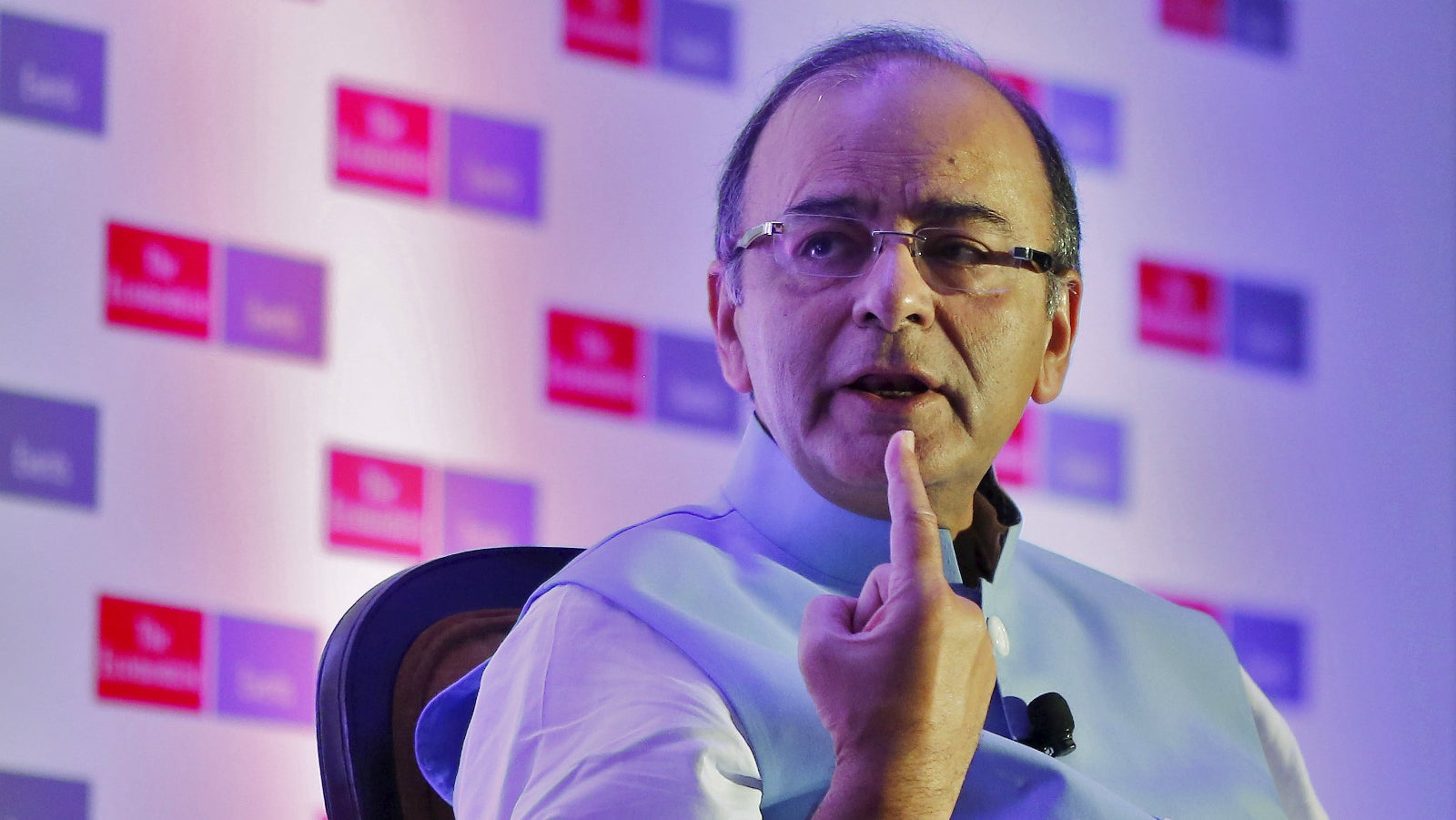Budget 2017: What’s Arun Jaitley going to do to my take-home salary?
Finance minister Arun Jaitley has his task cut out for budget day: bring relief to fix the drop in demand and allay the fears of possible disruption in economic activities arising from the demonetisation exercise. He will also need to introduce balanced measures that show the government’s continued commitment to control the fiscal deficit.


Finance minister Arun Jaitley has his task cut out for budget day: bring relief to fix the drop in demand and allay the fears of possible disruption in economic activities arising from the demonetisation exercise. He will also need to introduce balanced measures that show the government’s continued commitment to control the fiscal deficit.
So what can the ordinary salaried person hope for on budget day?
Tax rates and slabs
The basic threshold for income tax has remained unchanged for three years now. The last change in the income tax slabs was in 2014, wherein the minimum threshold was increased from Rs2 lakh to Rs2.5 lakh. To provide immediate relief to taxpayers, the finance minister could increase this to Rs3 lakh.
Furthermore, he could consider a complete overhaul of the slabs which will reduce the effective tax rate to encourage voluntary compliance. At the same time, Jaitley may want to be cautious considering the low percentage of tax return filers in India.
Salaried taxpayers
Taxpayers currently enjoy deduction from taxable income for specified investment and expenditure. Some of these, like house rent allowance (HRA), only pertain to salaried taxpayers who constitute a major portion of individuals filing tax returns.
The existing deduction limits are quite outdated and need to be re-calibrated to current market price trends. Here are some proposals that may be considered:
Medical expenses: This will give some relief from rapidly increasing medical expenses
Transport allowance: The limits were last revised in 2015 from Rs800 to Rs1,600. Since then, the cost of even public transport has increased
Child education allowance (per child, max for two children): The limit was last amended in 2000 with retrospective effect from August 1997
Child hostel allowance: Also last amended in 2000 with retrospective effect from August 1997
Meal allowance: To bring it up to current price levels
Leave travel allowance (LTA): This will help the tourism industry and also bring the allowance’s applicability in sync with the tax year
Alternatively, instead of separate deductions for transport, child education, meals, etc., the minister could re-introduce a standard deduction for salaried taxpayers, which was abolished in 2006. For instance, a standard deduction of up to 30% of salary capped at Rs2 lakh.
Tax deductions
Section 80C of the Income Tax Act allows for a plethora of deductions from an individual’s total income, such as life insurance premium, contributions to provident fund (PF) and public provident fund (PPF), principal component of housing loan EMIs, etc. These are for specified investments and expenditure, and capped at Rs1.5 lakh. The finance minister could consider increasing this limit to Rs2.5 lakh. To help revive economic activity and give a boost to infrastructure, an additional deduction of Rs50,000 could be introduced for investments made in specified infrastructure bonds.
Housing for all
Currently, an additional deduction of Rs50,000 is available for first-time home buyers, provided the value of the house does not exceed Rs50 lakh and the loan amount is below Rs35 lakh. To encourage more home buyers, this deduction could be raised to Rs1 lakh for a loan amount of up to Rs50 lakh.
Retirement benefits
A retirement plan has tax points at three stages: at contribution, income earned during the plan period, and at withdrawal. The PF and pension plans currently are under an exempt-exempt-exempt (EEE) regime, i.e. there are tax exemptions/concessions for all three tax points.
The initial proposal in budget 2016 to bring in an exempt-exempt-tax (EET) regime for PF and pension had to be withdrawn due to stiff opposition from the public. Consequently, the National Pension Scheme (NPS) is still on EET regime, though PF and pension plans are under EEE regime.
For the government to promote investments in NPS by allowing a switch from PF, the industry expects parity in tax treatment. So, the finance minister could bring all retirement benefits under same EEE regime, which will be a strong push to move India towards becoming a pensioned society.
Of course, for individual taxpayers, the budget wish-list is never-ending. However, all the measures mentioned above also need accompanying reforms to simplify the administration process and make it more taxpayer-friendly.
With inputs from Dipti Shah, assistant manager, PwC India.